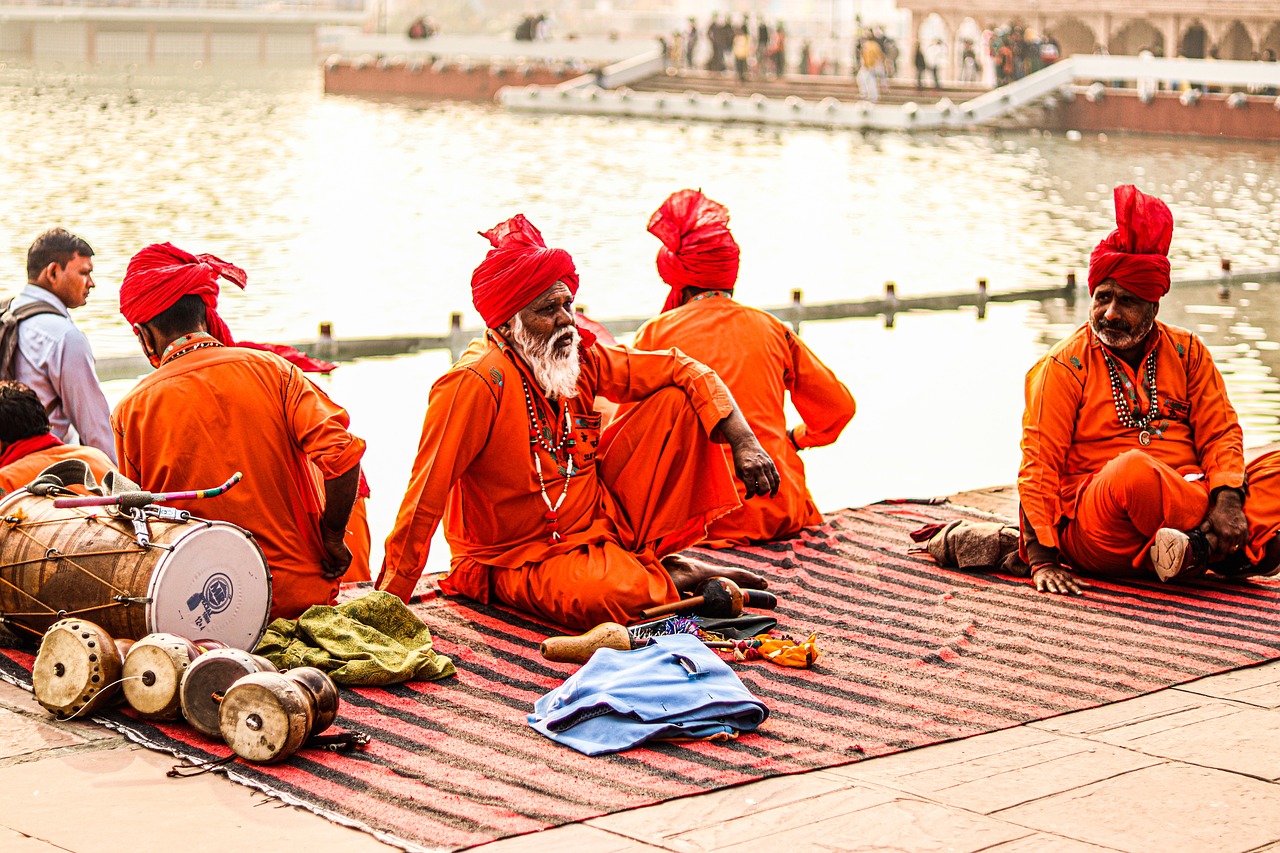The Great Wall of China is one of the most famous landmarks in the world, stretching over 13,000 miles across the rugged landscapes of China. Built over several dynasties, the wall is a symbol of China’s strength, unity, and architectural brilliance. However, beyond its towering structure and historical significance, the Great Wall holds many hidden secrets that are still unknown to many. From ancient myths to engineering marvels, here are some of the most fascinating hidden secrets of the Great Wall of China.
1. The Great Wall is Not a Single Wall
While most people imagine the Great Wall as a continuous structure, it is actually a series of walls, fortifications, and trenches built by different dynasties. The earliest walls date back to the 7th century BCE, with the most well-preserved sections constructed during the Ming Dynasty (1368–1644). Various rulers expanded and reinforced the wall according to their military needs, making it an interconnected network rather than a single, unbroken wall.
2. It Wasn’t Built to Keep Out Mongols Alone
A common misconception is that the Great Wall was built solely to keep out Mongol invaders. While Mongols were a major threat, the wall also served as a defense against other northern nomadic tribes such as the Xiongnu and the Manchus. Moreover, the wall functioned as a sophisticated military system, complete with watchtowers, signal stations, and garrisons to ensure timely communication and protection.
3. Hidden Signal System with Smoke and Fire
One of the most ingenious features of the Great Wall was its advanced communication system. Soldiers used smoke signals during the day and fire signals at night to relay messages over vast distances. Different signals indicated different threats, allowing defenders to prepare for attacks quickly. This system was one of the earliest forms of long-distance communication in military history.
4. The Great Wall Contains Sticky Rice
One of the most surprising secrets of the Great Wall is its construction material. In addition to bricks and stones, the builders used a special mortar made from sticky rice, lime, and water. This ancient form of cement helped bond the stones tightly and made the wall exceptionally strong. Modern researchers have found that this sticky rice mortar is more durable than some modern-day concrete mixes!
5. It Was Once Covered in Plaster and Paint
Today, the Great Wall appears as a rugged stone structure, but historical records suggest that parts of it were originally coated with white plaster and paint. Some sections were even engraved with military instructions and warnings for soldiers. Over time, exposure to natural elements eroded these layers, leaving behind the weathered look we see today.
6. Millions of Workers Died Building It
Building the Great Wall was an enormous and grueling task, requiring the labor of soldiers, peasants, and even prisoners. It is estimated that nearly 400,000 workers died during its construction. Many of these laborers were buried within the wall itself, earning it the nickname “the longest cemetery in the world.” Their sacrifice remains an integral part of the wall’s history.
7. The Wall Has Hidden Tunnels and Passages
Throughout history, the Great Wall housed numerous hidden tunnels and secret passageways that allowed Chinese soldiers to move unseen and launch surprise attacks on enemies. Some of these tunnels led to underground storage facilities, while others connected different parts of the wall. These secret passages remain one of the lesser-known aspects of the Great Wall’s defensive strategies.
8. The Great Wall is Disappearing
Despite its historical importance, parts of the Great Wall are disappearing due to natural erosion, human activity, and lack of preservation. Many remote sections have been damaged by weathering, while others have been taken apart by villagers using the stones for construction. According to estimates, nearly 30% of the Great Wall has already vanished, raising concerns about its long-term preservation.
9. The Wall is Not Visible from the Moon
A popular myth claims that the Great Wall is the only man-made structure visible from the moon. However, NASA and astronauts have confirmed that this is false. The wall is relatively narrow compared to the vast landscape surrounding it, making it almost impossible to see from space without magnification. Nonetheless, it remains one of the most impressive human-made structures on Earth.
10. The Great Wall Symbolizes More Than Just Defense
While the Great Wall was originally built for military purposes, it eventually became a symbol of Chinese unity, cultural identity, and perseverance. Today, it is recognized as a UNESCO World Heritage site and attracts millions of tourists each year. The Great Wall stands as a reminder of China’s rich history, engineering brilliance, and the resilience of its people.
The Great Wall of China is much more than an ancient military fortification; it is a testament to human ingenuity, sacrifice, and ambition. Its hidden secrets, from sticky rice mortar to underground tunnels, reveal the complexities of its construction and the stories of those who built it. While much of the wall has eroded over time, efforts continue to preserve this global wonder for future generations. As one of the most awe-inspiring structures in history, the Great Wall of China continues to fascinate and inspire people worldwide.
How to Reach the Great Wall of China
The Great Wall of China has several accessible sections near Beijing, the most popular entry point for visitors. Here’s how you can reach it:
1. From Beijing to the Great Wall
Most tourists visit sections like Badaling, Mutianyu, Jinshanling, and Simatai. Here’s how you can reach them:
By Bus (Budget-Friendly)
- Badaling Section:
- Take Bus No. 877 from Deshengmen Bus Station (near Jishuitan Metro Station, Line 2).
- Travel time: ~1.5 hours.
- Cost: ~12 CNY.
- Mutianyu Section:
- Take Bus No. 916 Express from Dongzhimen Bus Station to Huairou District, then transfer to a local bus/taxi.
- Travel time: ~2 hours.
- Cost: ~30 CNY.
By Train (Fast & Comfortable)
- Take the Beijing North Railway Station (Xizhimen, Line 2, 4, 13) train to Badaling Great Wall Railway Station.
- Travel time: ~1 hour.
- Cost: ~30 CNY.
By Taxi or Private Car (Most Convenient)
- Travel time: ~1.5 hours.
- Cost: ~300-500 CNY for a round trip.
By Guided Tour (Easy for Tourists)
- Many hotels and agencies offer Great Wall tours with hotel pickup and English-speaking guides.
- Prices vary from 300-800 CNY depending on the package.
2. Best Sections to Visit
- Badaling – Most popular & tourist-friendly (can be crowded).
- Mutianyu – Less crowded, great for families, offers a cable car.
- Jinshanling – Best for hiking and photography.
- Simatai – Offers a night tour for a unique experience.


